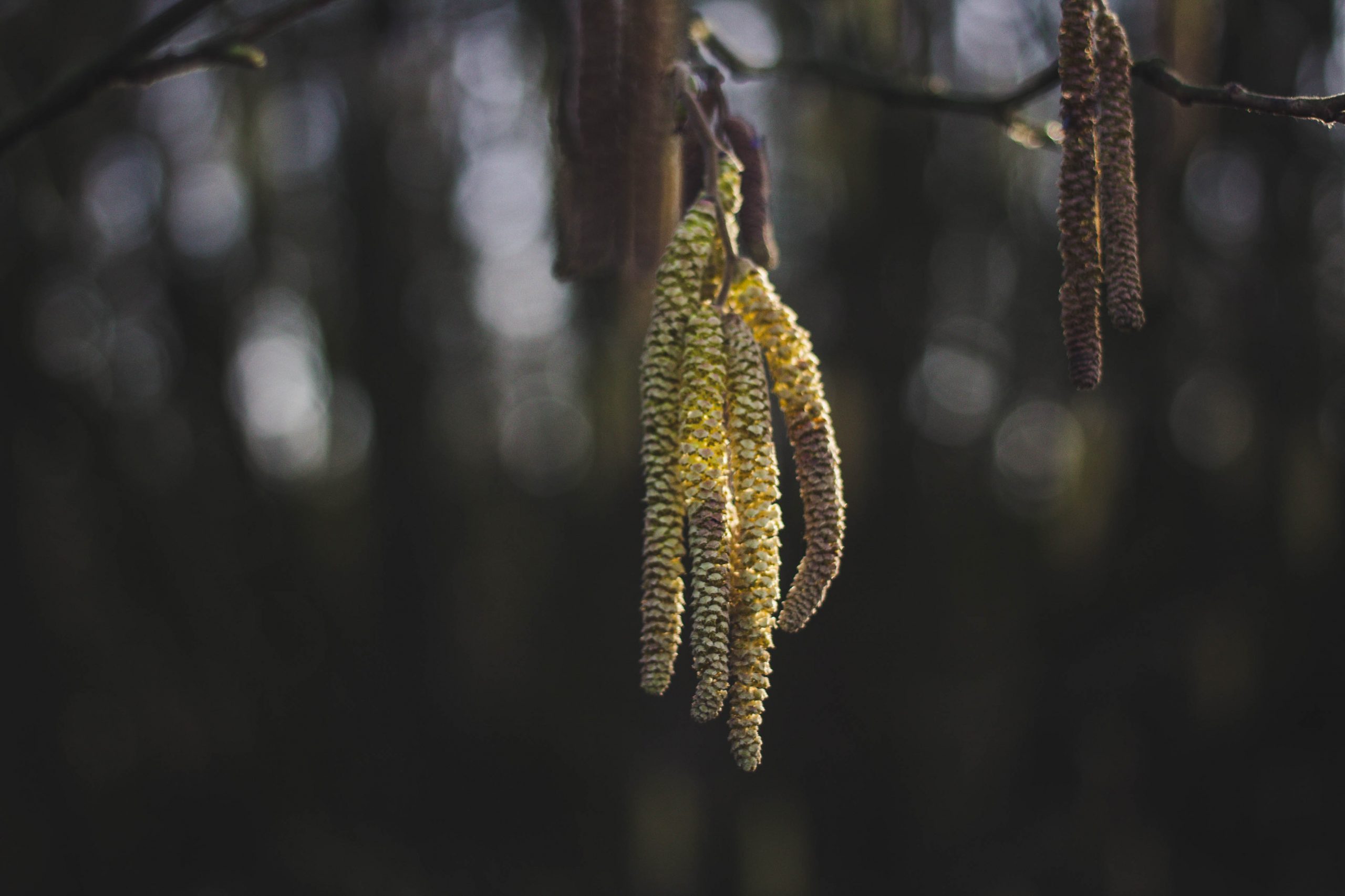Last Updated on November 12, 2021 by Real Men Sow
Winter is the time for nuts. They can be roasted (on the open fire…or in an oven), eaten raw, or bake with herbs and pulses for a delicious vegetarian alternative to traditional roast meats. Although nuts are very nutritious, you can eat them in large quantities and your wallet won’t be happy. As with all premium products, the solution is to grow a hazelnut tree.
 Should You Grow Hazelnuts?
Should You Grow Hazelnuts?
A wide-scale of kitchen gardeners are intimidated by the idea of growing nuts. You need plenty of space to grow them. This prejudice is easy to understand when you consider the majestic beauty of a sweet chestnut tree or the imposing beauty of a walnut. This is not the whole picture. Some nuts, such as hazelnuts are perfect for gardening – and they will put on quite the show.
Growing Hazelnut Tree for Handsome Hazelnut
The easiest nuts to grow are hazelnuts. Corylus, the hazelnut family, includes the common hazel and close relatives cobnuts or filberts. The husk of the cob shell completely covers the filbert making it easier to distinguish whether it’s a cob or a hazel.
When to plant the hazelnut tree?
In late winter or early Spring, all members of the hazelnut tree family produce beautiful, dangling yellow catkins. These are the male parts that have the pollen needed to fertilize the female flowers and ensures a good crop. On a windy day, pollen clouds drift out to pollinate tiny female flowers at branch tips. This means that the wind-pollinated nuts prefer an open site. They are extremely resilient and can withstand both cold and wet winters. They are a great choice for plants that need to be replanted in difficult areas of the garden.
Types of Hazelnuts
Some hazels are also known for their beauty queen status and the abundance of spring catkins that they produce. Corkscrew Hazel Corylus avellana ‘Contorta’ was named for its twisted stems that are perfect for winter flower arrangements. This plant barely needs frost protection like other plants. The garden will be enhanced by the addition of a purple-husked nuts, the purple-leaved Corylus maxima “Purpure”. All filberts, cobnuts, and hazelnuts provide shelter and food for wildlife, especially when they are part of a hedgerow.
How to Care For Hazelnut Trees
The best soil for hazelnuts is well-drained and low in nutrients. Too rich soil can encourage leaf growth, which can lead to a loss of flowers and nuts. The trees can have male and female flowers, but they are not self-fertile. Therefore, it is best to plant them in groups so that pollen can move from one hazelnut into another. However, other trees around the area will help you with pollination. You don’t have to worry about the word “tree” being a technicality. Hazelnuts can be grown as bushy shrubs and kept small by pruning.
Planting a small hazelnut orchard in your yard is a good idea. Set trees at 4m (15ft) apart so they have plenty of space. To maximize pollination potential, create a mix of different varieties. To ensure a good match, check the compatibility with pollinators of the trees that you wish to plant. To ensure successful pollination, all varieties must be in bloom at the same moment.
It is easy to care for hazelnuts. To encourage an open bush by pruning them in the winter. This involves removing around a third of the oldest vegetation and cutting or sawing the stems to the ground. To keep the center of the plant light and airy, trim any areas that are too dense. Removing any branches that cross is a good idea. However, it’s best to leave the young, twig-like growth because that’s where the majority of the female flowers grow.
Suckers are stems that come from the root of the plant and often extend from the main stem. To prevent a mass of impassable stems, these must be pulled out and dugout. These suckers won’t be a problem if you keep your eyes on them.
Harvesting Hazelnuts
Once the husks are yellowed, the nuts will be ready for you to pick up in autumn. You can either pick them from the tree or shake them off onto some tarpaulins or sheets when they’re perfectly ripe. You can store your nuts in crates, nets or cloth bags, but keep them dry and airy.
Squirrels can be natural acrobats. They are also very determined. It can be difficult to keep your nuts safe. Because of the nature of hazelnuts, you have little to no control over squirrels. You can only keep them out by an excessive way of enclosing them in a wire-mesh-clad fruit box. Only eagle-eyed vigilantism can provide a practical solution. If squirrels are taking more than they should, get out and grab them all at once. Although they may not be fully ripe, squirrels won’t chase them if they don’t believe they are ready to eat.
Spread the nuts on a tray and turn them every day to dry them. For two to three weeks, dry them indoors in a warm area. After drying, you can remove the papery husks from the shells and store them in their original containers.
I’m open to hear suggestions and tips from fellow gardeners growing their own filberts, cobnuts, or hazelnuts. Leave your comments on your experiences and share your creative and non-excessive way to squirrel-proof your crops.


